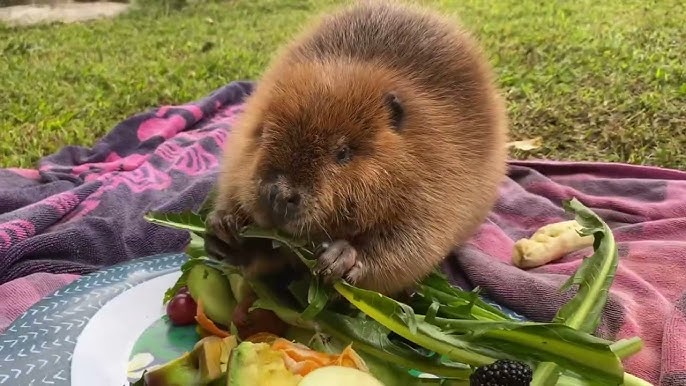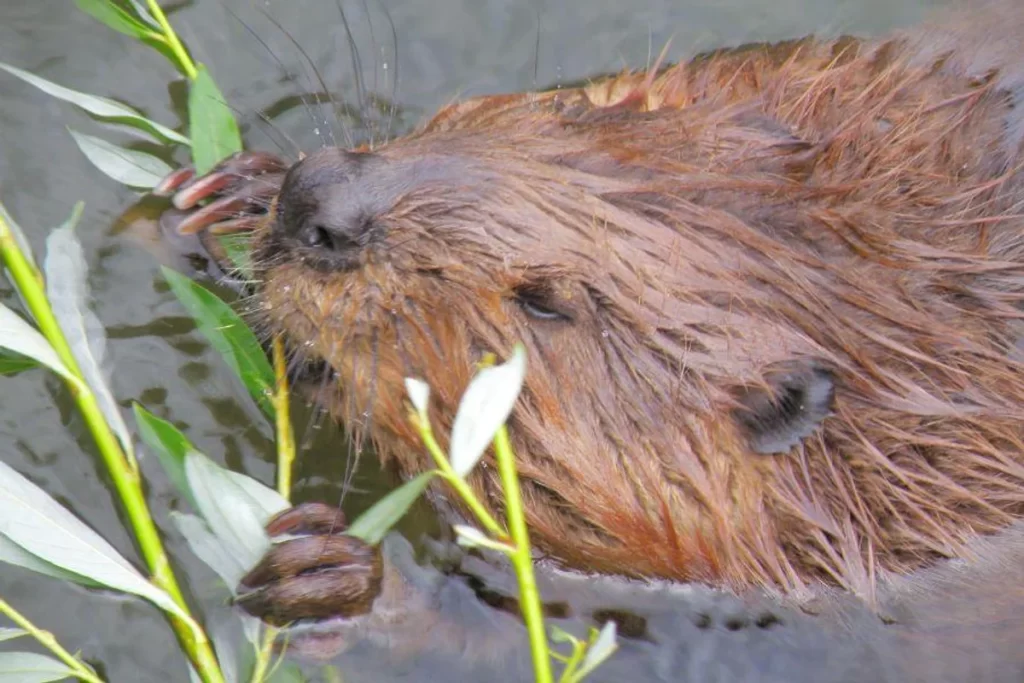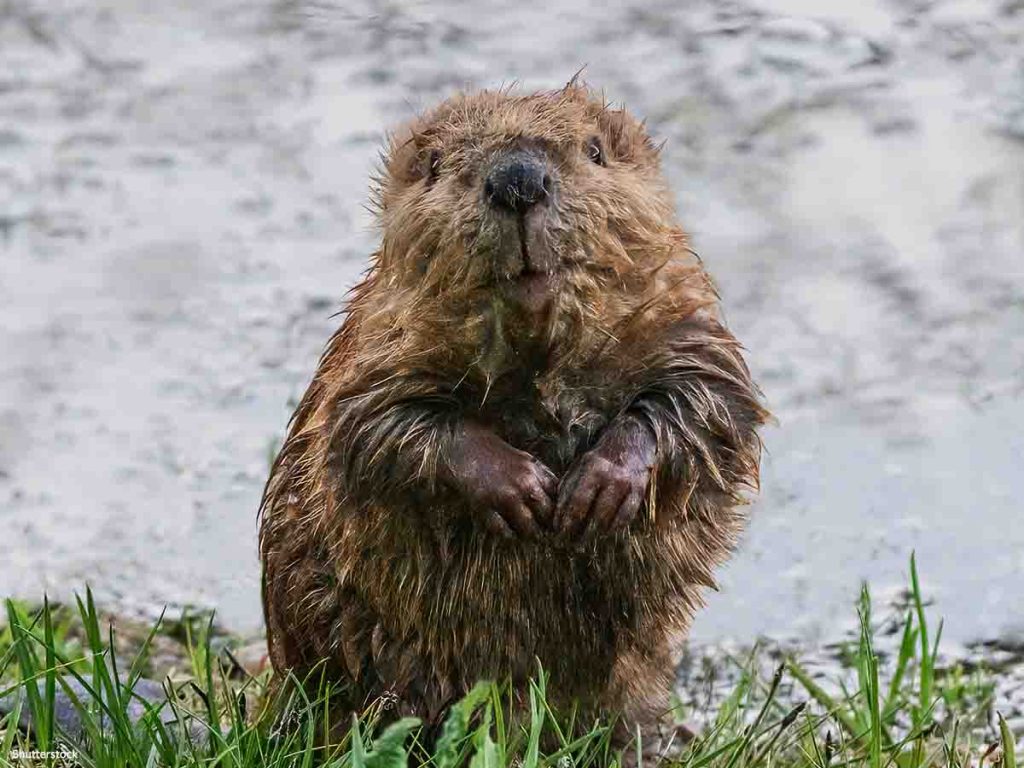Beavers are remarkable creatures that play a vital role in maintaining healthy ecosystems. They are known for their ability to construct dams, which create wetlands, promote biodiversity, and support various wildlife species. However, habitat destruction and human activities have threatened the beaver population, leading to significant ecological impacts. In this essay, we will explore the importance of protecting beavers from habitat destruction, discussing the ecological and environmental benefits they provide, and the consequences of their decline.

- Wetland Creation: Beavers are ecosystem engineers that create wetlands by constructing dams and ponds. Wetlands are essential habitats for various wildlife species, including fish, amphibians, and waterfowl. Wetlands provide breeding and feeding grounds, enhance water quality, and regulate water flow. Beavers also promote wetland vegetation growth, which contributes to the sequestration of carbon and the reduction of greenhouse gases. By protecting beavers, we can preserve wetlands and the ecological benefits they provide.
- Biodiversity: Beavers create diverse habitats that support a variety of plant and animal species. Wetlands created by beavers harbor unique species that cannot thrive in other environments. For instance, beaver ponds provide a habitat for fish species such as brook trout, which require cold water and low sedimentation levels. The wetlands also provide habitat for waterfowl and other bird species, which depend on wetlands for breeding and feeding. Additionally, beavers promote the growth of vegetation, which supports insect species and provides shelter for small mammals. By protecting beavers, we can conserve biodiversity and ensure the survival of unique species.
- Flood Control: Beaver dams help regulate water flow and prevent flooding. Dams retain water during heavy rainfall and release it gradually, reducing the impact of flooding downstream. Additionally, beaver ponds create natural storage reservoirs that can reduce the impact of drought during dry seasons. By protecting beavers, we can promote natural flood control mechanisms that reduce the risk of flooding and enhance water management.
- Soil Erosion Control: Beavers also play a critical role in controlling soil erosion. Their dams and wetlands serve as natural barriers that retain soil and prevent erosion. Beavers create channels and divert water flow, which slows down water velocity and reduces soil erosion. By protecting beavers, we can promote natural soil erosion control mechanisms that reduce the risk of land degradation and loss of topsoil.
- Climate Change: Beavers can contribute to mitigating the impact of climate change. Wetlands created by beavers promote the sequestration of carbon, which contributes to the reduction of greenhouse gases. Wetland vegetation growth and decomposition create a carbon sink, which can offset carbon emissions from human activities. By protecting beavers, we can promote natural climate change mitigation mechanisms that reduce the impact of global warming.

6. Economic Benefits: Beavers also provide economic benefits, such as ecotourism and recreation. Beaver dams and wetlands create natural habitats that attract tourists, birdwatchers, and nature enthusiasts. Visitors to beaver habitats can appreciate the natural beauty and ecological benefits of wetlands, generating revenue for local economies. Additionally, beaver wetlands provide opportunities for recreational activities such as fishing, boating, and hiking. By protecting beavers, we can promote economic benefits that contribute to sustainable development.
7. Threats to Beavers: Beavers face numerous threats, including habitat destruction, human development, and trapping. Human activities, such as logging, agriculture, and urbanization, have destroyed beaver habitats, reducing their population and range. Additionally, trapping and hunting for fur and meat have also contributed to their decline. Climate change and invasive species also pose a threat, as changes in water flow and temperature can affect their habitat and food sources. By protecting beavers, we can address the threats they face and ensure their survival.
8. Conservation Strategies: Protecting beavers requires a comprehensive approach that addresses the various threats they face. Conservation strategies include habitat restoration, wildlife management, and public education. Habitat restoration involves creating wetlands, removing barriers to water flow, and planting wetland vegetation. Wildlife management involves regulating trapping and hunting, monitoring population trends, and addressing threats from invasive species. Public education involves raising awareness of the ecological benefits of beavers and promoting their conservation. By implementing these strategies, we can protect beavers and ensure their continued contribution to healthy ecosystems.

Protecting beavers from habitat destruction is critical to maintaining healthy ecosystems and preserving biodiversity. Beavers promote wetland creation, biodiversity, flood control, soil erosion control, and climate change mitigation. They also provide economic benefits such as ecotourism and recreation. Threats to beavers include habitat destruction, human development, trapping, and climate change. Implementing conservation strategies such as habitat restoration, wildlife management, and public education can protect beavers and ensure their survival. By protecting beavers, we can promote sustainable development and preserve the ecological benefits they provide.